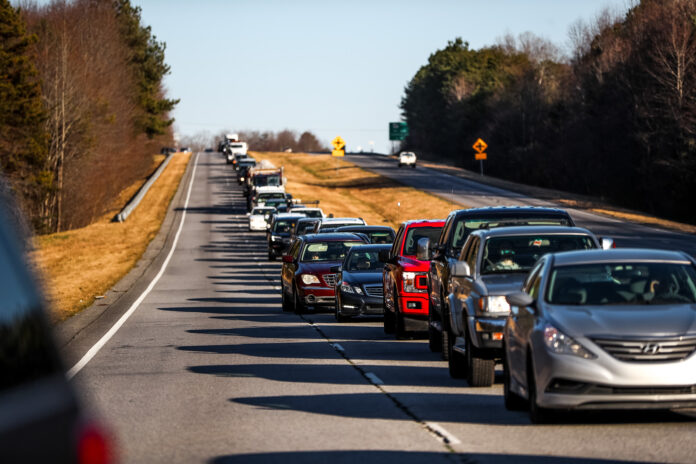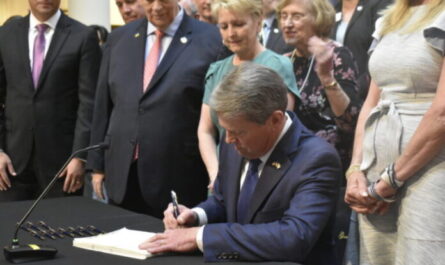WASHINGTON (States Newsroom) — Days before Trump’s self-imposed deadline of Friday to raise import taxes, President Donald Trump and European Union leaders established a trade framework over the weekend. On Thursday, a federal appeals court is considering Trump’s emergency tariffs.
With a few exclusions, all goods entering the United States from the 27 EU member states will be subject to a 15% tariff under the deal.
Cars will also be subject to the 15% tariff, which is lower than the 25% foreign car tax that Trump mandated in April. The EU will continue to impose Trump’s 50% sectoral tariffs on imported steel and aluminum. Under the agreement, some products—including airplanes—are completely immune from tariffs.
Tariffs are import charges that companies and other purchasers of foreign goods pay to the US government.
During a press conference on Sunday, European Commission President Ursula von der Leyen told reporters, “Fifteen percent is not to be underestimated, but it was the best we could get.”
The EU has committed to investing $600 billion in the US during Trump’s presidency, which is comparable to the agreement he signed with Japan on July 23. In an effort to wean itself off on Russian fossil resources, the group of countries has also decided to buy $750 billion worth of American energy, including liquid natural gas, over the course of the following three years.
Fundamentally rebalancing
In a press release on Monday, the White House hailed the agreement as a major rebalancing of the economic relationship between the two biggest countries in the world.
According to Census data, the United States imported $235.8 billion more goods from the EU in 2024 than it exported.
By August 1, Trump has threatened to increase what he calls reciprocal duties to 30% on goods from Europe, Japan, and many other trading partners that do not fall under the sectoral categories of steel, aluminum, and automobiles.
Trump established the date as the new effective date of his Liberation Day tariffs. Following a global market meltdown, the president swiftly halted the duties after announcing them in early April. Before the two sides agreed to negotiate, the episode set off a trade war with China in which U.S. tariffs on Chinese imports reached a peak of 145%.
Appeals case looms
Trump announced a universal 10% tariff on all foreign goods on April 2, what the president named “Liberation Day.” He also announced a startling number of extra so-called reciprocal import levies on nations that have trade imbalances with the United States.
Trump used the International Emergency Economic Powers Act to declare trade imbalances a national emergency, which served as justification for the high penalties.
In response to illegal fentanyl smuggling, Trump raised import levies on Canada, Mexico, and China in February, making him the first president to impose tariffs under the 1977 emergency powers statute.
The U.S. Appeals Court for the Federal Circuit will hear a lawsuit on Thursday that centers on the emergency tariffs.
A few companies and a dozen Democratic state attorneys general filed two cases that are now consolidated, arguing that the president lacks the authority to impose tariffs under the emergency law.
On May 28, the U.S. Court of International Trade declared that Trump’s emergency tariffs were unlawful.
Among the states that filed the lawsuit were Arizona, Colorado, Maine, Minnesota, Nevada, New Mexico, and Oregon.
The corporate plaintiffs were led by V.O.S. Selections, a New York-based company that imports wine and spirits from 16 different nations. Other companies included a plastics manufacturer in Utah, a children’s electrical learning kit manufacturer in Virginia, a fishing gear firm in Pennsylvania, and a women’s cycle clothing company in Vermont.
The Federal Circuit upheld Trump’s tariffs as the lawsuit proceeded after receiving an appeal from the White House.

 by
by 

